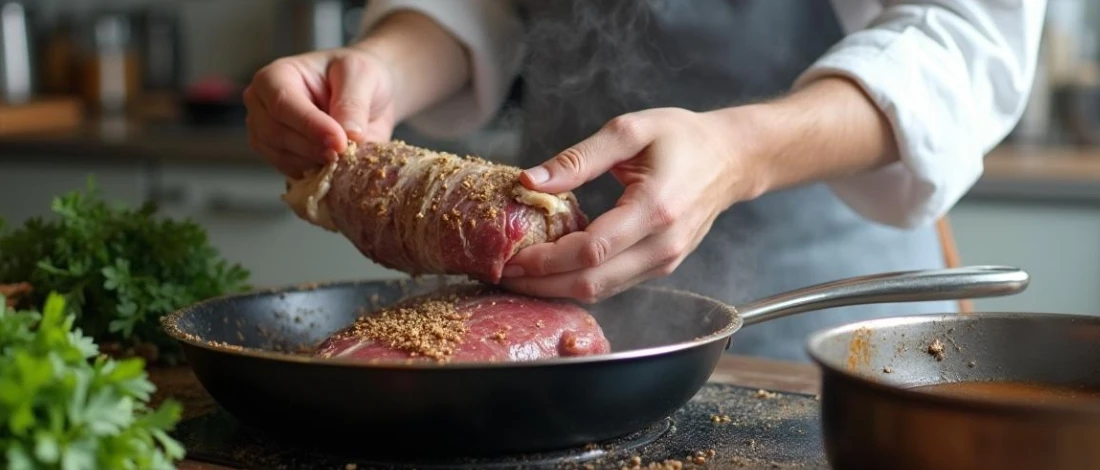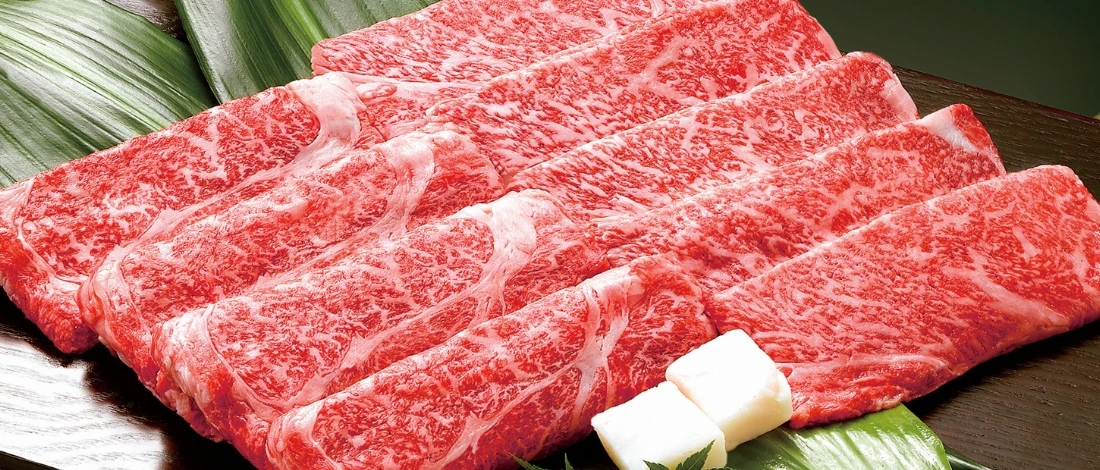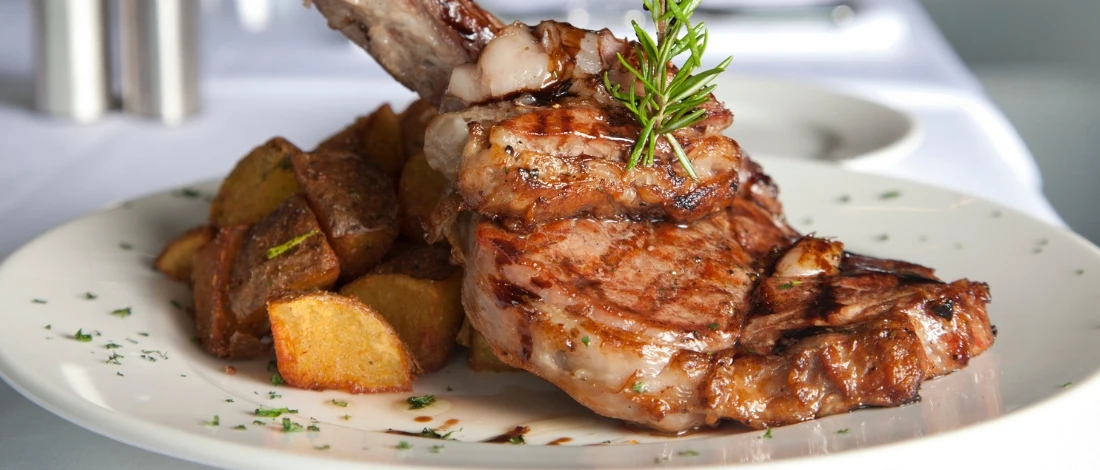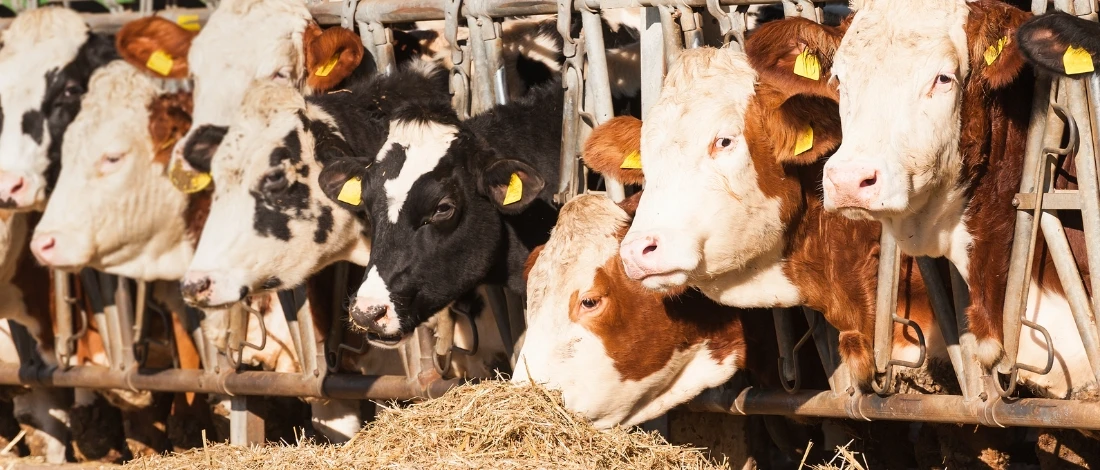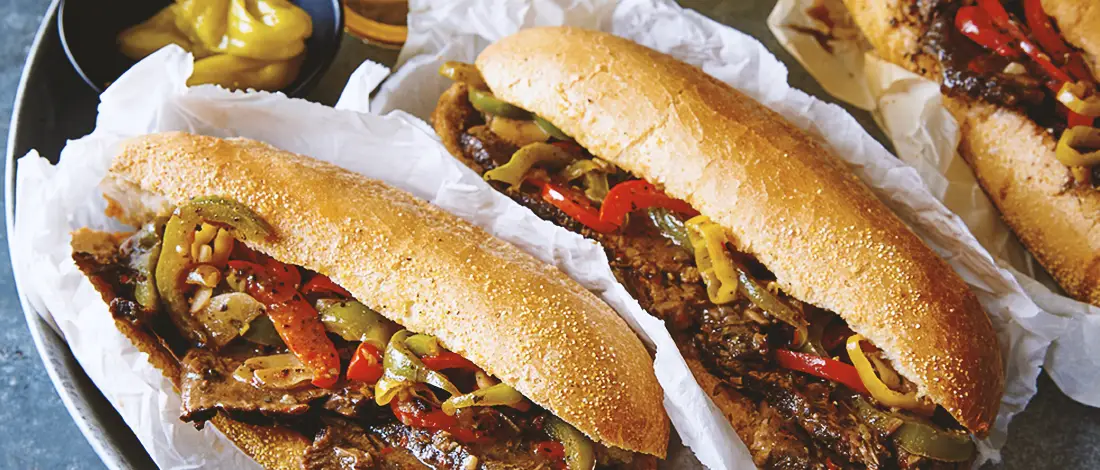My carnivore journey started over a decade ago, and during this time, I’ve tried all kinds of meat — from beef and pork to exotic cuts such as kangaroo and ostrich.
I recently had a chance to try a menudo dish.
I tried making my own menudo several times until I perfected the recipe.
Several hours of research, including consultations with experts and extensive experimentation in my own kitchen, have given me a profound understanding of what makes this dish truly authentic.
In this article, I aim to provide you with a comprehensive understanding of menudo and how to prepare it.
Quick Summary
- Menudo is a traditional Mexican soup made from cow's stomach, known as tripe, with a red chili pepper base and various spices.
- To cook menudo, simmer beef tripe for several hours with spices like chili paste, onions, and cilantro to remove its gamey taste.
- Menudo is a healthy dish, rich in protein and calcium, and is often consumed as a hangover remedy.
- Tripe is found everywhere in Mexico, but it’s more difficult to find it in the USA. That’s why you should check out our selection of the best mail order butchers.
.
What is Menudo?

Menudo is a traditional Mexican soup. It’s made with tripe, which is a cow's stomach.
Menudo has a red chili pepper base, and it’s cooked with other spices and herbs, such as lime, onions, cilantro, oregano, and chile sauce.
Menudo is most commonly eaten with tortillas or bread. It can be eaten hot, chilled, and reheated. It has a more concentrated flavor if reheated.
It is extremely popular in Mexico, and this popularity transferred to US and Canada, so now there’s a major export market for cow’s stomach.
How to Cook Menudo?
To cook menudo, start by cleaning and simmering beef tripe until it's tender.
Follow these steps:
- Boil it at low to medium heat for up to three hours.
- Skim the top layer of foam every 15 minutes for the first hour. This ensures better flavor.
- Add salt, onion, and chili paste, crushed Chile de Arbol, and chopped cilantro after three hours.
Combine the tripe and broth, allowing them to simmer together while absorbing rich flavors.
To make traditional menudo blanco, omit the red chili sauce found in some recipes. Instead, serve it with lime juice, chopped onions, and cilantro for added freshness.
Follow a trusted menudo recipe for specific measurements and steps, and soon you'll savor this classic dish.
What MEAT IS USED IN MENUDO?
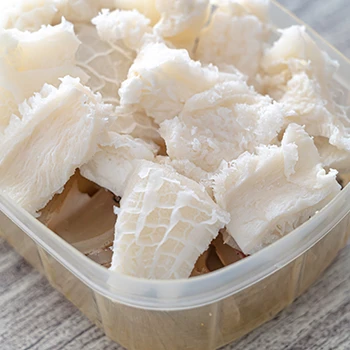
Meat used in menudo is tripe, from a cow's stomach. The most common tripe found in the US is the honeycomb tripe, which is the reticulum (from the cow’s second stomach) [1].
Honeycomb tripe has a network of small square cells and is the most common meat in menudo.
The tripe is chewy and rubbery, with a noticeable stringy characteristic when chewed.
It also has a gamey taste that makes it not popular among most people.
Other tripes you can get include:
- Blanket Tripe
- Flat Tripe
- Smooth Tripe
How to Get Rid of the Gamey Taste of Tripe?
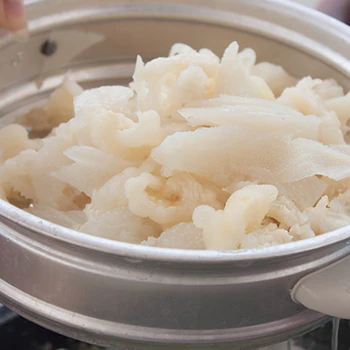
You can get rid of the gamey taste of tripe by cooking it for a long time with lime, garlic, and onions because tripe can absorb these flavors well.
Tripe smells bad if it’s not properly cooked. Some claim it even smells of barn and cattle.
Cook the tripe for at least four hours, ideally six or seven, to bring to a boil. This lets the tripe absorb the flavors of the spices and makes the tissue more palatable.
Another important factor you should consider is the source of the tripe. Most sellers clean tripes before selling. An uncleaned or not properly cleaned tripe usually has a swimming pool odor.
Regardless of whether the tripe is washed or not when bought, you should wash the tripe again in several water changes before cooking. This can also help remove the bad smell.
Is Menudo Healthy?
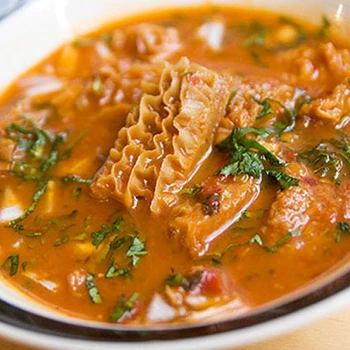
Menudo is healthy. One cup of menudo has about 112 calories and up to 7 g of protein [2].
Menudo is good for muscle building because it contains lean protein. It’s also a good source of calcium, as it has 9% calcium per cup.
Moreover, menudo is a well-known hangover cure. Added to a soup or a stew with high water content, you can eat menudo to fight dehydration - the main cause of hungover.
It also has fat and carbohydrates that help the body process alcohol better. Plus, it’s spicy, so it’s an effective hangover remedy.
"A great menudo consists of great spices that give it just the right amount of heat to cure any headache or hangover."
- Petra Zavaleta, Cook at Barbakush Restaurant
Finally, menudo is commonly eaten for breakfast, and it gives energy for the whole day because it contains several food groups.
You can keep it in the fridge for up to four days or in the freezer for four months without losing the nutritious benefits.
Related Articles:
Safety Facts
You should watch out for a bleach in beef honeycomb tripe. If the tripe has a pure white color, it means it’s been bleached with chlorine.
According to the USDA, tripe bleaching is illegal [3]. It suggests cleaning it with a cleaning agent. Furthermore, bleach isn’t healthy, so make sure to wash the tripe thoroughly.
Pro tip: You’ll know if the tripe has been bleached by its color. Natural tripe has a dark outer membrane and cream or beige color. The bleached tripe is completely white.
Related Articles:
FAQs
Is Menudo Organ Meat?
Menudo isn’t organ meat. Menudo is a tripe soup that can contain organ meats, such as brains, tails, and hooves.
What is the Difference Between Tripe and Menudo?
The difference between tripe and menudo is that menudo is a soup that contains tripe, and tripe is the cow's second stomach.
References:
- https://ask.usda.gov/s/article/What-is-tripe
- https://www.nutritionix.com/i/nutritionix/menudo-1-cup/56ce0aa4f0b1304b5d978028
- https://www.fsis.usda.gov/sites/default/files/media_file/2021-02/7120.1_table_2.pdf


